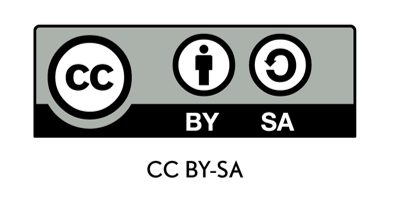Unit 28: Project Based Learning Part 1

How can you engage your learners in
authentic learning that develops their 21st
Century skills and that makes space for ICTs to be leveraged to maximum effect? There are many answers to these questions but one important answer is to be found in Project Based
Learning (PBL).
This unit is part 1 of a 2 part series on PBL. In this unit, we will cover the basics of what PBL is, what its key components are and why it is such a powerful teaching methodology. In part 2, we will dig into some of the details of how to design a project for your class.
By the end of this unit, you will be able to:

At the end of this unit, you are going to start planning a PBL project for your class. You will complete this planning in the next unit.
Click on the link below to start the lesson.

Your assessment for this unit is in 2 parts.
You have been asked by your principal to investigate PBL and report back to the leadership team of your school. Create a PowerPoint presentation using the information contained in this unit in which you answer the following questions:
Your presentation should be at least 6 slides in length and should use pictures, diagrams as well as text. You should design your presentation so that it helps convince the leadership team to start implementing PBL throughout the school.
In Unit 29, you will design and plan your own PBL project. For now, write a driving question for your project. You should use your tubric to help you remember all 4 components of a good driving question. Remember, the tubric was that helpful little tool for writing effective driving questions. You can download it here.
Write your driving question down along with a summary of your project idea, what issues it will dealt with, what skills learners will develop and what content will be covered. Submit this all as a Word document.
If, during Unit 29, you wish to change your driving question and project design you will be able to do so.
References:

Teachers' ICT Integration Course by Matthew Goniwe School of Leadership and Governance is licensed under a Creative Commons Attribution-ShareAlike 4.0 International License with the exception of the following resources:
All content not licensed under a Creative Commons license is all rights reserved, and you must request permission from the copyright owner to use this material.